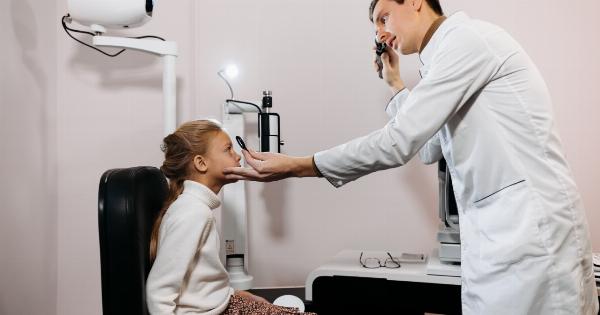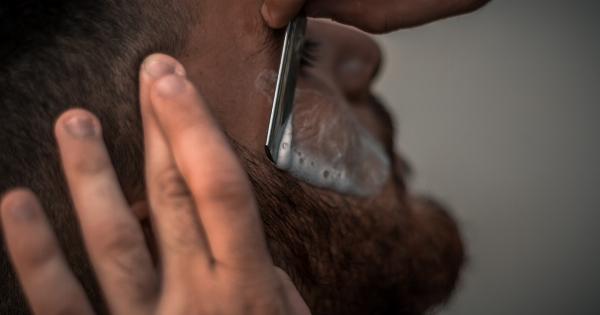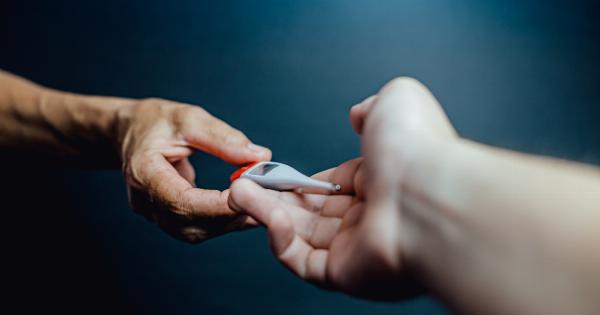The field of medicine has always been at the forefront of advancement and technology. Over the years, there have been numerous innovations that have helped to improve patient care, and one of the latest is the Smart Bandage.
A Smart Bandage is a revolutionary infection-detecting tool that has the potential to change the way we treat wounds and infections.
What is a Smart Bandage?
A Smart Bandage is a bandage with sensors that can detect changes in the wound environment, such as humidity, pH level, and temperature.
These sensors are connected to a computer that can monitor and analyze the data, giving doctors real-time feedback on the health of the wound. The data can help doctors to decide on the best course of treatment and detect any infections early.
How does it work?
A Smart Bandage consists of multiple layers. The top layer is the actual bandage, while the bottom layer has the sensors and electronics.
The sensors are connected to a microprocessor that can analyze the data and send it wirelessly to a computer or smartphone app. The bandage is powered by a small battery or can also use solar power.
Advantages of a Smart Bandage
There are various advantages of using a Smart Bandage, including:.
- Early detection of infections
- Reduced healing time
- Lower risk of complications
- Reduced costs of treatment
- Improved patient outcomes
Applications of a Smart Bandage
A Smart Bandage can be used in various medical applications, including:.
- Wound care
- Surgical incisions
- Diabetic ulcer care
- Burn care
- Post-operative care
Current Developments
Several companies and research institutions are currently developing Smart Bandages. In 2019, a team of researchers from the University of Rhode Island developed a Smart Bandage that can detect and treat bacterial infections in wounds.
The bandage contains nanosensors that can detect the presence of bacteria and release antibiotics to treat the infection.
In 2020, researchers at the University of California developed a Smart Bandage that can detect changes in temperature, pH level, and glucose level. The bandage can be used to monitor diabetic wounds and prevent infections.
The Future of Smart Bandages
The potential applications of Smart Bandages are vast, and as technology advances, the bandages will become even more sophisticated.
It is likely that Smart Bandages will soon be able to detect other parameters such as inflammation and oxygenation levels.
With the ability to detect infections early and provide real-time feedback on the health of the wound, the use of Smart Bandages can help to improve patient outcomes and reduce healthcare costs.
Conclusion
The development of Smart Bandages has the potential to revolutionize wound care and infection treatment.
By providing doctors with real-time data on the health of the wound, Smart Bandages can help to detect infections early and ensure that patients receive the best possible care. With further advancements in technology, Smart Bandages will continue to improve and expand their application in the medical field.






























